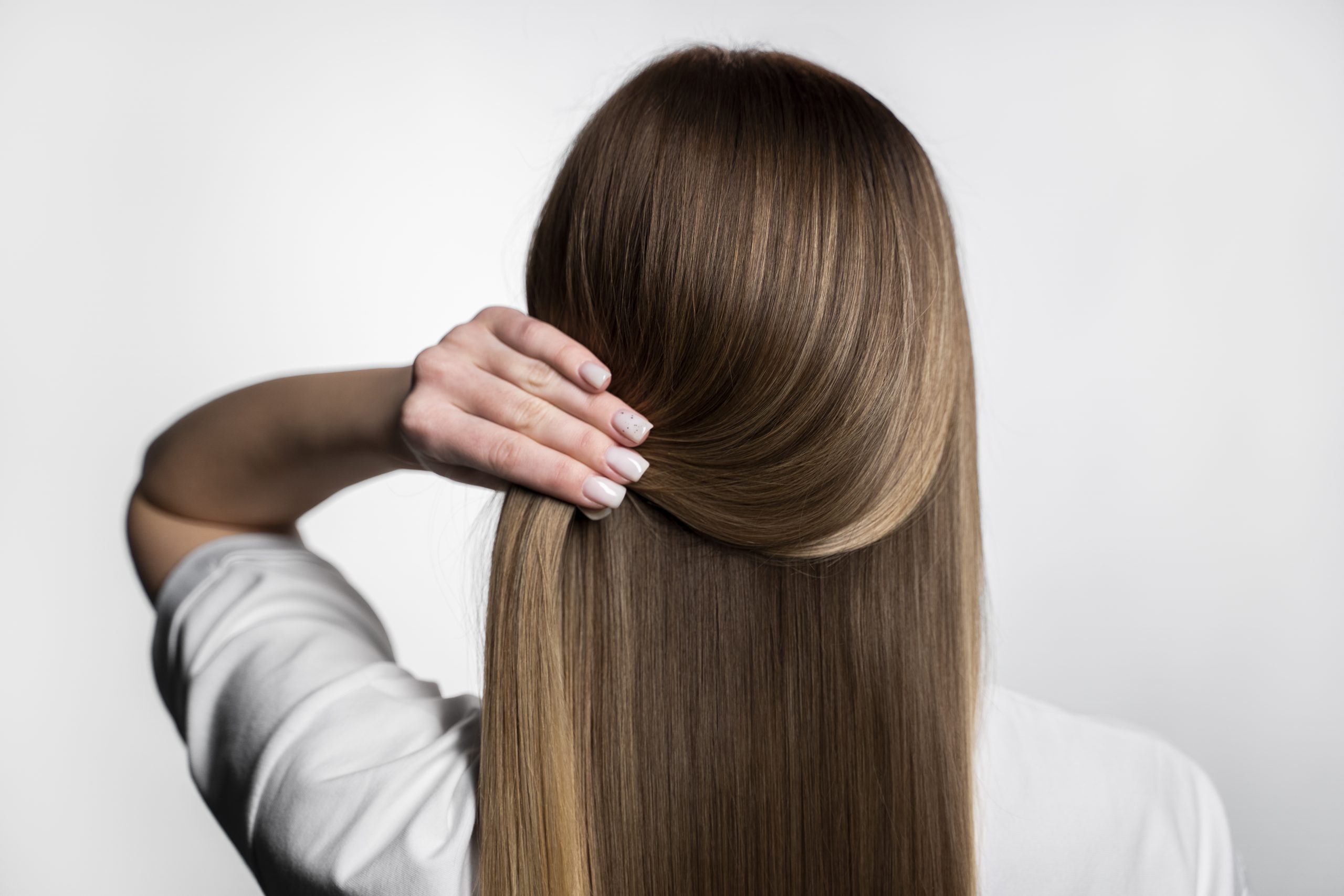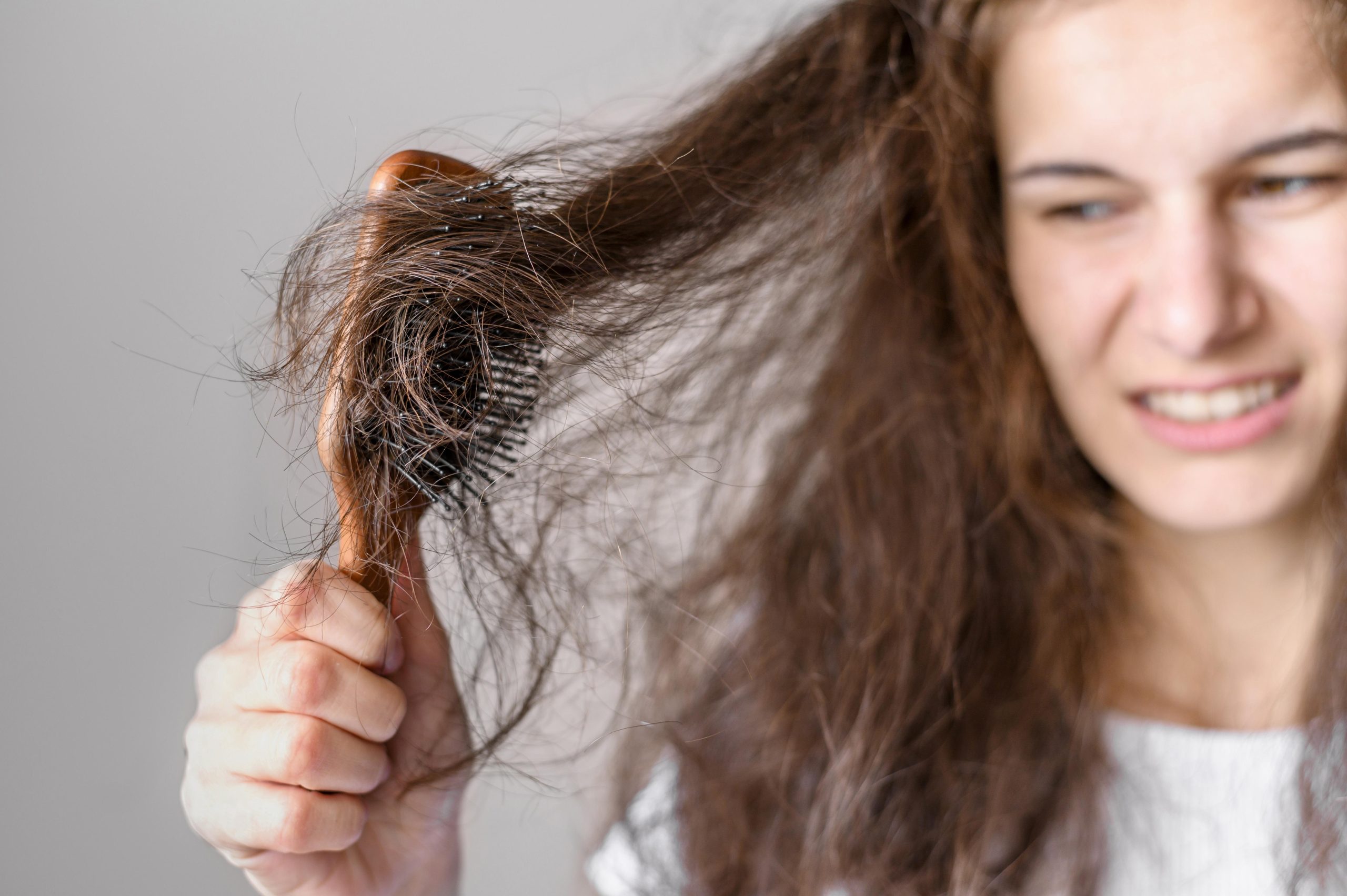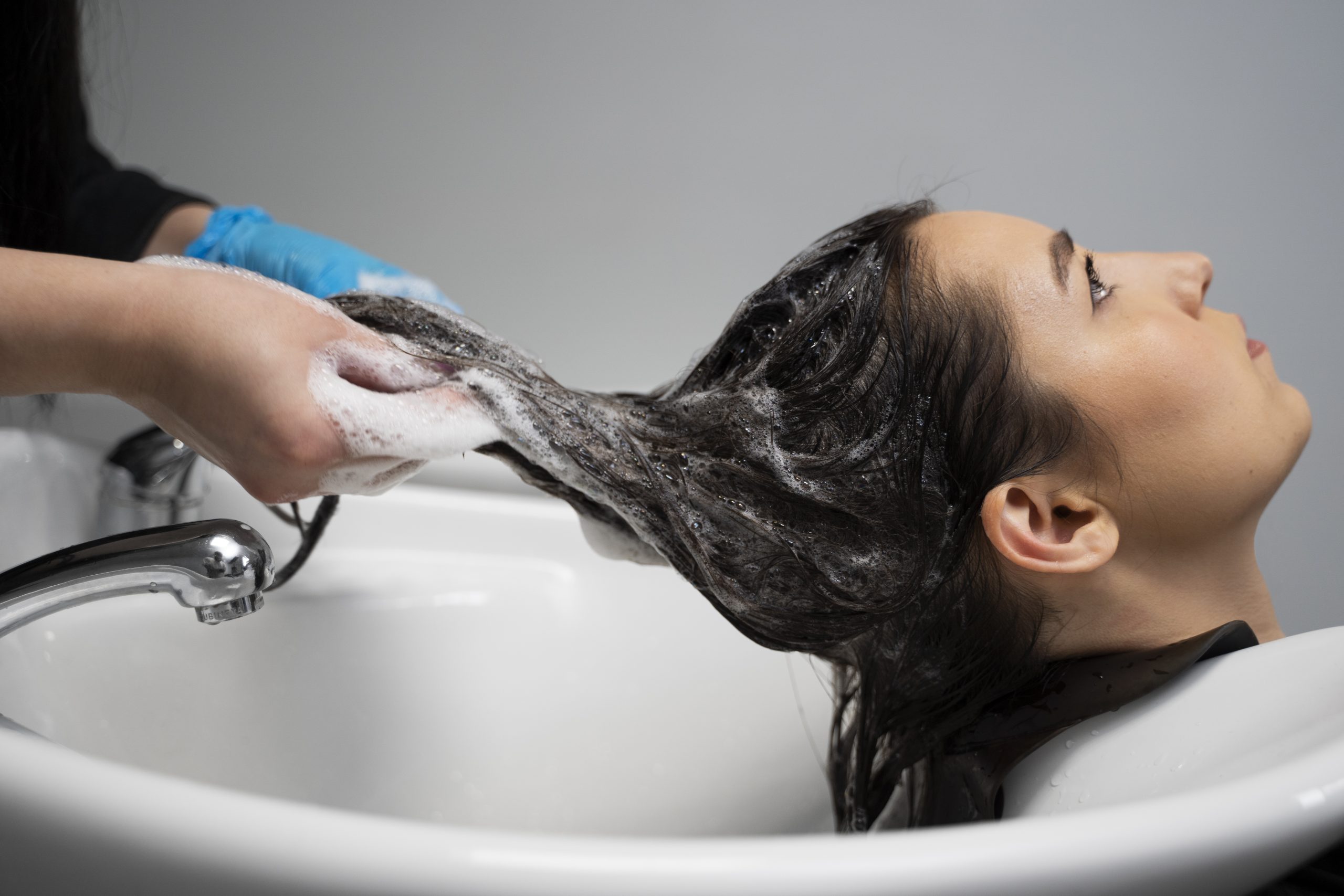Table of Contents
Daily Hair Treatment: Pros, Cons, and Best Practices
- 2 November 2023

In this article, we’ll delve into the world of daily hair treatment, exploring its pros and cons, and providing you with the best practices to maintain beautiful and healthy hair.
The Pros of Daily Hair Treatment
Daily hair treatment, when done right, offers a multitude of benefits that can transform your hair from lackluster to radiant.
Improved Hair Health and Appearance
Firstly, daily hair treatment can significantly enhance the overall health and appearance of your locks. By incorporating a consistent routine, you’re nourishing your hair and scalp, which can lead to improved texture, shine, and softness. Your hair becomes less prone to dryness and damage, resulting in a more youthful and vibrant look.
Preventing Damage and Breakage
Moreover, daily hair treatment acts as a protective shield for your hair. It minimizes the risk of damage caused by environmental factors, such as UV rays and pollution, and mechanical factors like combing and styling. When you’re proactive in taking care of your hair, you reduce the chances of split ends, breakage, and frizz.
Enhanced Manageability
Another noteworthy benefit of daily hair treatment is enhanced manageability. Your hair becomes easier to style and control, saving you time in your daily routine. You’ll find it more straightforward to tame unruly hair or create the hairstyles you desire.
Potential for Faster Growth
While hair growth is influenced by various factors, a well-executed daily hair treatment can create a conducive environment for hair growth. It ensures that your scalp is clean and healthy, allowing your hair follicles to thrive. Although daily treatment may not guarantee Rapunzel-like lengths overnight, it certainly paves the way for your hair to reach its growth potential.
The Cons of Daily Hair Treatment
Now, let’s examine the cons and potential drawbacks of daily hair treatment. It’s crucial to be aware of these factors before diving headlong into a daily hair care regimen.
Overuse of Products
While the right hair care products are essential, using too many products can be counterproductive. Overloading your hair with serums, sprays, and treatments can weigh it down and lead to a greasy or sticky feel. Additionally, some individuals may be sensitive to certain ingredients, leading to skin irritation or allergies.
Time and Effort Involved
Daily hair treatment requires dedication and time. If you’re always on the go, spending a considerable portion of your morning or evening routine on hair care may not be feasible. It’s essential to consider whether you’re willing to allocate the necessary time and effort.
Possible Adverse Reactions
Hair care products, even those labeled as “gentle” or “natural,” can cause adverse reactions for some individuals. Skin allergies, itching, or scalp irritation may occur, especially when trying new products or treatments. It’s advisable to do a patch test and consult a dermatologist if you have sensitive skin or a history of allergies.
Best Practices for Daily Hair Treatment
To make the most of your daily hair treatment routine and minimize the potential cons, it’s essential to follow some best practices:
Consider Your Hair Type and Right Products
Your hair type plays a crucial role in determining the best daily hair treatment for you. Whether you have straight, curly, wavy, or coily hair, there are specific products designed to address your unique needs. Look for shampoos, conditioners, and treatments that cater to your hair texture and concerns, such as frizz control, moisture retention, or color protection. This tailored approach ensures that your hair receives the care it truly needs.
Establish a Consistent Routine
Consistency is key in daily hair treatment. Develop a routine that works for you and stick to it. Regular washing and conditioning, along with periodic deep treatments or masks, can maintain your hair’s health. Remember, what works for someone else may not be the best fit for your hair, so pay attention to how your hair responds to the routine you establish.
Avoid Common Mistakes
Many people make common mistakes in their daily hair treatment, such as using hot water when washing, vigorously towel-drying hair, or applying products incorrectly. Take the time to educate yourself about these mistakes and avoid them to keep your hair in optimal condition.
Tailoring Daily Hair Treatment to Your Needs
One of the remarkable aspects of daily hair treatment is its adaptability to individual needs and preferences. Whether you’re dealing with specific hair concerns or have a busy lifestyle, you can tailor your daily hair care routine accordingly.
Addressing Specific Hair Concerns
If you have specific hair concerns, such as dandruff, excessive oiliness, or damaged ends, you can adjust your daily hair treatment to target these issues. Explore products designed to address your unique challenges, whether it’s a specialized shampoo or a weekly treatment.
Adapting to Different Lifestyles
Not everyone has the luxury of dedicating extensive time to daily hair treatment. If you’re always on the move or have a hectic schedule, consider low-maintenance hair care routines that still provide the benefits of daily treatment. Dry shampoos and leave-in conditioners are excellent options for those on the go.
In conclusion, daily hair treatment is a subject of growing interest, and rightly so. When executed correctly, it can significantly improve the health, appearance, and manageability of your hair. The potential for faster growth is an added bonus that entices many to embrace daily hair care.
However, it’s essential to approach daily hair treatment with caution, considering the cons such as the risk of overusing products, the time commitment, and the possibility of adverse reactions. By following best practices, including choosing the right products, maintaining a consistent routine, and avoiding common mistakes, you can maximize the benefits while minimizing the drawbacks.
Related Articles

Aftercare Guides For Anti-Frizz Hair Treatment
Frizzy hair can be a daily struggle, but anti-frizz hair treatments promise a smooth, manageable mane. If you’ve recently undergone such a treatment, congratulations! You’ve

From Thinning to Thriving: How Shiseido Sublimic Restores Confidence in Women
Hair thinning is a common concern that affects countless individuals, often accompanied by emotional distress and a loss of self-confidence. However, in the journey from

Top Non-Surgical Female Hair Loss Treatment in Singapore
Hair loss in women is a prevalent and often distressing condition that can impact self-esteem and confidence. It’s a concern that transcends age, affecting both
